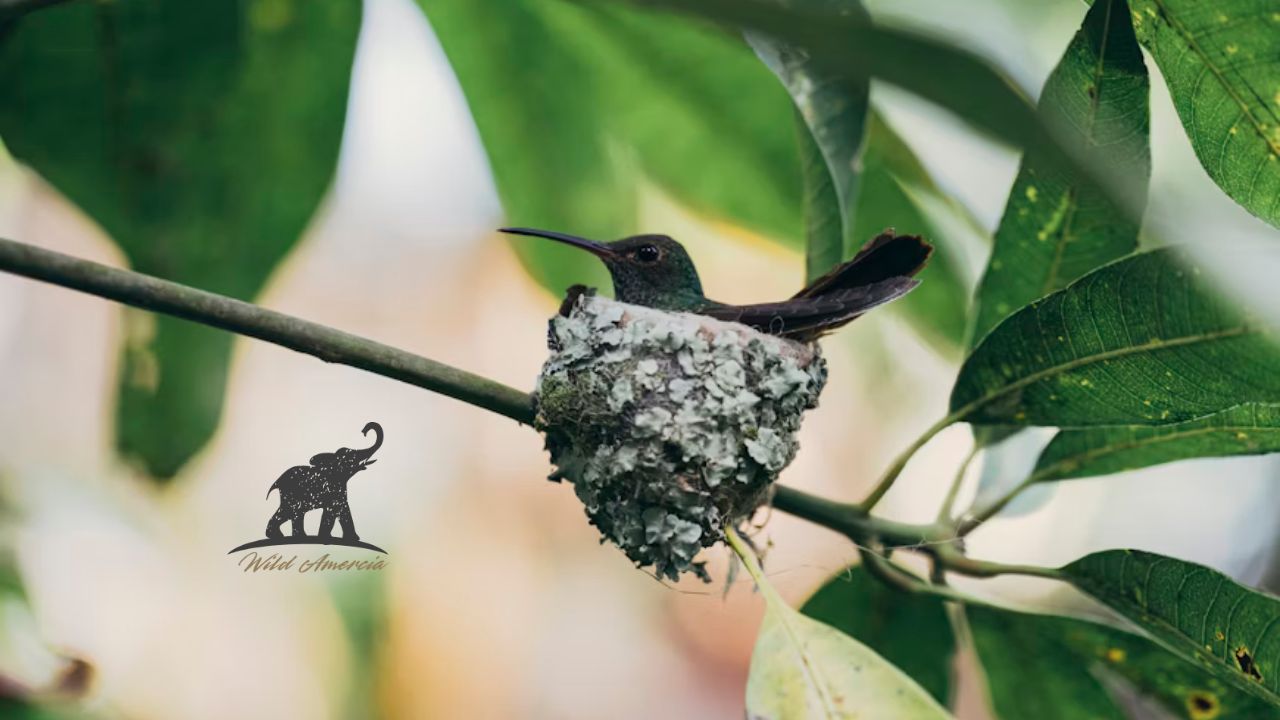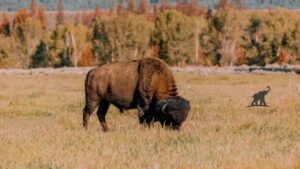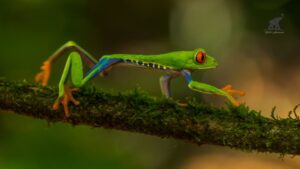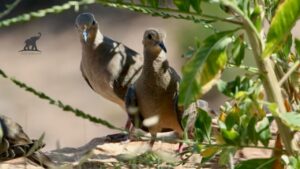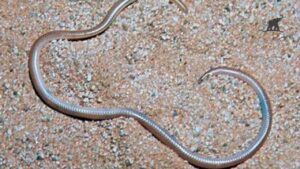Have you ever wondered about the incredible engineering behind a hummingbirds nest? These remarkable structures represent some of nature’s most sophisticated architectural achievements, crafted by birds weighing less than a nickel. The tiny hummingbirds nest defies everything we think we know about bird construction. While most birds build substantial homes, hummingbirds create delicate masterpieces that stretch and flex with their growing chicks.
Quick Facts About Hummingbirds Nests
| Feature | Details |
| Size | 1-2 inches diameter, walnut-sized |
| Weight | Less than 0.1 ounce |
| Materials | Spider silk, plant down, lichen, moss |
| Construction Time | 6-10 days |
| Eggs | Typically 2, pea-sized |
| Incubation Period | 14-23 days |
| Nest Reuse | Rarely reused, often recycled |
| Height Range | 3-90 feet above ground |
How Hummingbirds Build Their Architectural Wonders
The Master Plan Behind Every Hummingbirds Nest
Creating a hummingbirds nest involves precise planning that would impress any architect. Female hummingbirds scout locations for days before beginning construction.
They look for spots offering three critical elements:
- Protection from predators and weather
- Proximity to reliable food sources
- Structural support for their expandable home
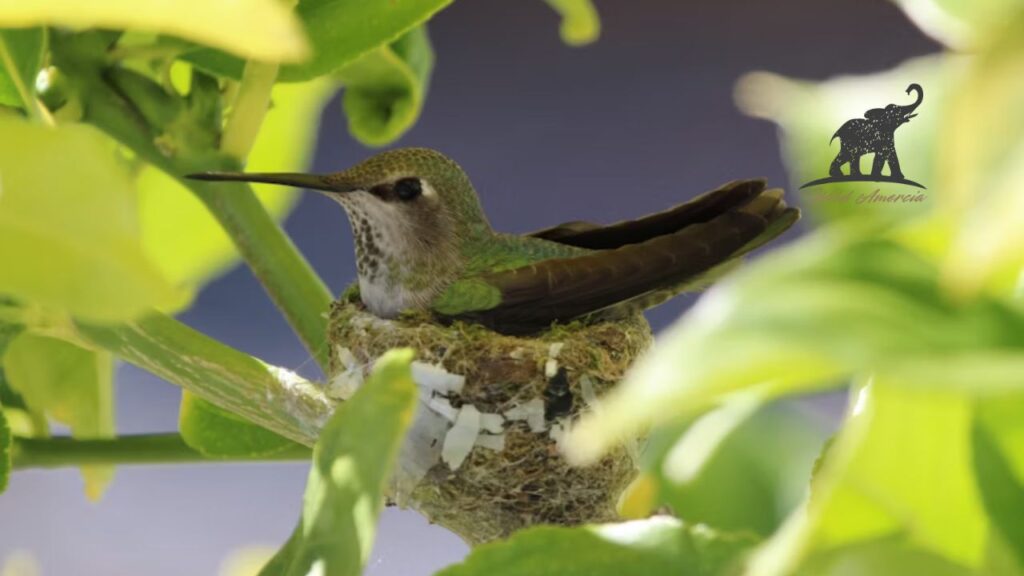
Materials: Nature’s High-Tech Building Supplies
The construction of each hummingbirds nest relies on surprisingly sophisticated materials. Spider silk forms the foundation—it’s stronger than steel by weight and incredibly flexible. Plant down provides insulation and comfort. Lichen and moss offer camouflage while adding structural integrity. Some species incorporate unusual materials like animal fur or even human hair. Ruby-throated hummingbirds often use dandelion seeds for their soft interior lining. Anna’s hummingbirds prefer eucalyptus bark strips in their nest construction.
The Construction Process: Building Tiny Perfection
Phase One: Foundation Work
Every hummingbirds nest begins with a spider silk foundation. Females collect this precious material from spider webs, sometimes traveling considerable distances to find quality silk.The initial structure resembles a tiny cup. The bird shapes it using her body as a living mold, pressing and adjusting until the dimensions are perfect.
Phase Two: Wall Construction
Building the walls of a hummingbirds nest requires incredible patience. Layer by layer, the female adds plant fibers, moss, and additional spider silk. She uses her beak like a needle, weaving materials together with surgical precision. The process takes 6-10 days of intensive work.
Phase Three: Finishing Touches
The final phase transforms a basic hummingbirds nest into a camouflaged masterpiece. Lichen and moss are carefully attached to the exterior using spider silk as natural glue.This camouflage makes the nest nearly invisible to predators and casual observers. Many people walk directly beneath a hummingbirds nest without noticing it.
Where to Discover These Hidden Treasures
Typical Locations for a Hummingbirds Nest
Finding a hummingbirds nest requires knowing where to look. Most are built on horizontal branches or in the forks of small trees.
Common locations include:
- Deciduous trees like oak, maple, and birch
- Coniferous trees, especially pine and fir
- Large shrubs and bushes
- Occasionally on artificial structures like wires or cables
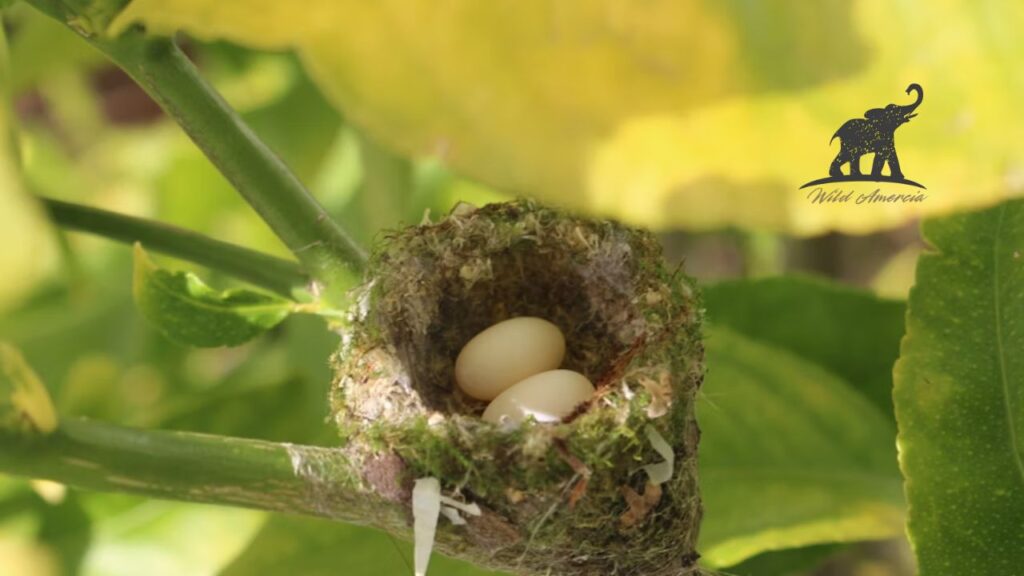
Regional Variations in Nest Placement
Different species show distinct preferences for their hummingbirds nest locations. Broad-tailed hummingbirds in mountainous regions often build higher than their lowland cousins.Calliope hummingbirds frequently choose coniferous trees, while Black-chinned hummingbirds prefer deciduous options. Rufous hummingbirds are the most adaptable, placing their hummingbirds nest in various locations.
The Incredible Lifecycle of a Hummingbirds Nest
From Empty Cup to Bustling Nursery
A newly completed hummingbirds nest awaits its precious cargo. The female typically lays two eggs the size of small jelly-beans. I incubation lasts 14-23 days, depending on the species and environmental conditions. The mother rarely leaves except for brief feeding trips.
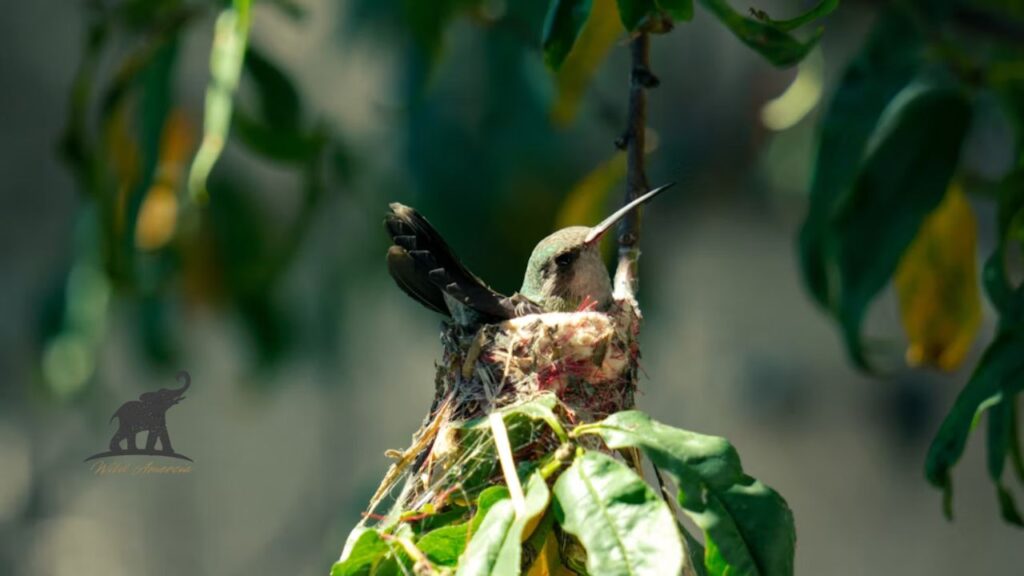
Growing Chicks and Expanding Homes
Here’s where the hummingbirds nest reveals its most remarkable feature—it grows with the chicks. The spider silk foundation stretches as the babies develop. What starts as a tiny cup becomes a more spacious nursery. The elastic properties of spider silk allow expansion without structural failure.
Fledgling Departure
Young hummingbirds spend 18-28 days in their hummingbirds nest before fledging. During this time, they develop flight feathers and practice wing movements. The departure day is dramatic. Chicks must be ready for immediate independent flight, as there’s no room for error at such heights.
Challenges Facing Hummingbirds and Their Nests
Natural Threats to Every Hummingbirds Nest
Predation poses the greatest threat to any hummingbirds nest. Jays, crows, and squirrels actively hunt for these protein-rich targets. Snakes represent another significant danger, especially for lower-placed nests. Weather extremes can also destroy a carefully constructed hummingbirds nest in minutes.
Human Impact on Nest Success
Human activities increasingly threaten hummingbirds nest locations. Habitat destruction eliminates suitable nesting sites while pesticides reduce essential insect populations. Climate change affects flowering schedules, disrupting the timing between nest building and peak food availability. Every hummingbirds nest depends on precisely timed ecological relationships.
Conservation Success Stories
Positive news exists for hummingbirds nest conservation. Urban gardens designed for hummingbirds have created new nesting opportunities in unexpected places. Maria Gonzalez, a wildlife photographer from Arizona, documented 15 successful hummingbirds nest sites in her suburban neighborhood over three seasons.
Frequently Asked Questions About Hummingbirds Nests
How long does it take to build a hummingbirds nest?
A typical hummingbirds nest takes 6-10 days to complete. Weather conditions and material availability can extend this timeline. The female works primarily in the morning hours when spider webs contain the most dew and are easier to collect.
Can you touch a hummingbirds nest safely?
Never touch an active hummingbirds nest. The oils from human hands can damage the delicate spider silk structure. Additionally, human scent may cause nest abandonment. Observe from a respectful distance using binoculars.
Do hummingbirds reuse their nests?
Hummingbirds rarely reuse an old hummingbirds nest for new broods. However, they often recycle materials from previous nests. Some species build new nests directly on top of old ones, creating multi-story structures.
What time of year do hummingbirds build nests?
Hummingbirds nest timing varies by species and location. Most North American species begin building in late winter or early spring. Southern species may have multiple broods, constructing a new hummingbirds nest for each clutch.
How can I attract nesting hummingbirds to my yard?
Creating habitat suitable for a hummingbirds nest requires providing shelter, food, and nesting materials. Plant native flowering species, maintain clean feeders, and avoid pesticides. Leave natural materials like moss and lichen in quiet areas of your garden.
What should I do if I find a fallen hummingbirds nest?
If you discover a fallen hummingbirds nest with eggs or chicks, contact a local wildlife rehabilitator immediately. Don’t attempt to replace the nest yourself. Time is critical for young hummingbirds, and professional intervention offers the best survival chance.
Final thoughts
The incredible world of the hummingbirds nest continues to amaze researchers and backyard observers alike. These tiny architectural marvels represent millions of years of evolutionary refinement, perfectly adapted to their creators’ unique lifestyle. Protecting the habitats that support hummingbirds nest construction ensures future generations will witness these natural masterpieces.
Admin Recommendation
Cottonmouth Snakes in North Carolina (NC): Key Facts
The Fascinating World of Arctic Fox Fur
Experience the Majesty of Elk and Bison Prairie, KY
Cottonmouth Snakes in North Carolina (NC): Key Facts
Bald Eagle Spiritual Meaning: A Guide to Symbolism and Significance
The Appealing Charm of Ragdoll Kittens
Where to Find Arctic Fox Fur in AC Valhalla
The Barbados Threadsnake: Unveiling the World’s Smallest Snake
American Eskimo Dog: A Comprehensive Guide to This Charming Breed
Discovering Acadia National Park Wildlife
Spotted Salamanders: Nature’s Hidden Gems
Baby American Crocodile: Fascinating Facts About The Next Generation
The Fascinating World of the Albino Wild Turkey
American Bulldog puppies: Full of life, loveable and loyal
Baffin Polar Bear: A Journey into the Arctic’s White Majesty
NC Copperhead Snake: A Comprehensive Guide
Mojave Desert Rattlesnake—A Deadly Beauty of the Southwest
Mourning Dove Lifespan, Care, and Diet Guide
Arroyo Toad: A Guide to This Endangered Amphibian
Northern Leopard Frog: A Fascinating Amphibian
House Sparrow Fledglings:All You Need to Know
The Fascinating World of the Cave Salamander
Eastern Bluebird Spiritual Meaning: A Symbol of Hope and Happiness
When Goldfinches Transform: The Complete Guide to Goldfinch Molting

